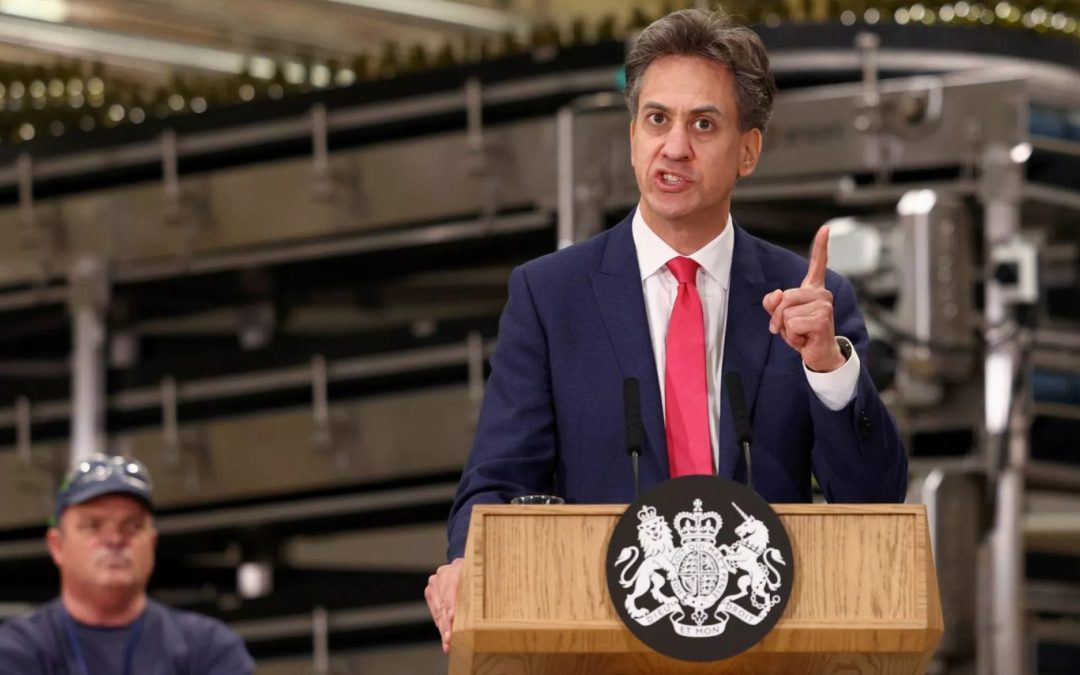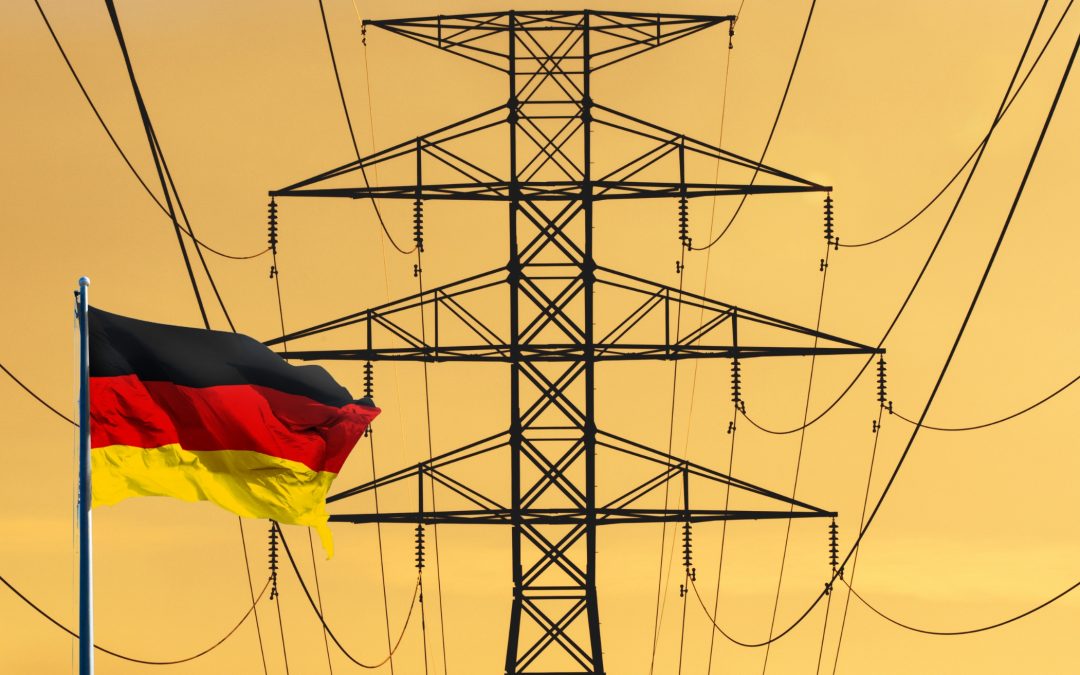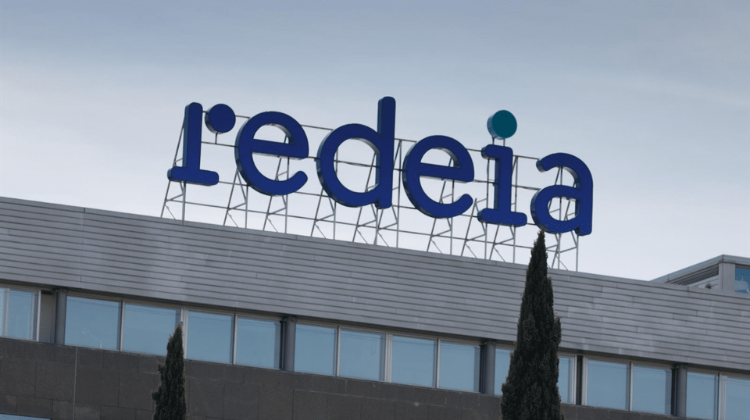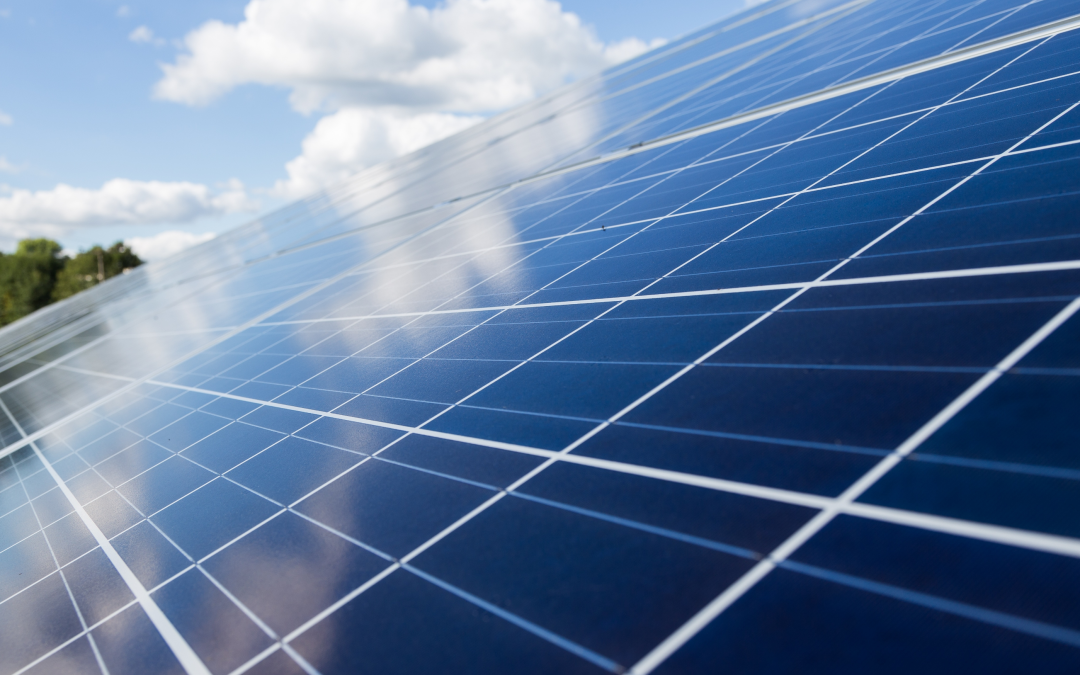The reconfiguration proposed by ENTSO-E would generate net benefits of €339 million by reducing internal grid congestion, but faces challenges related to transition costs, market liquidity, and risks to renewable energy investments.


The reconfiguration proposed by ENTSO-E would generate net benefits of €339 million by reducing internal grid congestion, but faces challenges related to transition costs, market liquidity, and risks to renewable energy investments.

Founded in 2005, Solis has grown from modest beginnings in Ningbo, China, to become an industry leader, maintaining its leadership today under its founder, Jimmy Wang. With over 100 GW of inverters shipped globally and a presence in over 100 countries and regions, the company celebrates two decades of innovation by boldly looking toward the future.

Millions of people lost power after the blackout in Spain, Portugal, and France, exposing the vulnerability of Europe’s electricity grids and the risk of similar failures across the continent. The crisis intensifies the debate on urgent investments in energy storage, cybersecurity, and resilience. Industry executives and consultants discuss risks and solutions with Strategic Energy Europe.

With political and business experience, Katherina Reiche takes on Germany’s Ministry for Economic Affairs and Energy, tasked with modernising infrastructure, accelerating clean energy adoption, and positioning the country as a leader in Europe’s energy transition. Industry experts expect his mandate to focus primarily on hydrogen infrastructure.

The Nord Stream 2 incident in 2022 seriously threatened Europe’s gas and energy security – with long-lasting economic repercussions for European businesses and households. But it has not been the only attack on subsea energy infrastructure since. T

From 2026, three 2-car Mireo Plus H trains will serve eight stations on the Mühldorf (Upper Bavaria) – Tüßling – Burghausen non-electrified route spanning 32.2km.

Germany’s Minister for Economic Affairs and Climate Action, Robert Habeck, warns of the growing risks of international protectionism and advocates for a strategy centred on green technology investment, energy diversification, and strengthening the European internal market to ensure competitiveness and economic security.

The company plans to reach 2.8GW operational in Europe by 2030, with a focus on wind, solar, and storage. France and the United Kingdom are the pillars of the strategy from Boralex, that combines greenfield development and acquisitions.

The British Government allocates £300 million to the offshore wind supply chain and launches grid connection reforms set to unlock £40 billion annually in private investment, creating thousands of jobs and securing clean energy by 2030.

The Solar Stewardship Initiative (SSI) welcomes the UK government’s proposed amendment to the GB Energy Bill, aimed at combating forced labor in solar supply chains. The organization reaffirms its commitment to a just energy transition based on human rights, environmental sustainability, and responsible governance, while promoting transparency and traceability in the global photovoltaic industry.

At the Summit on the Future of Energy Security, over 120 ministers, CEOs and international leaders agreed that secure, reliable and affordable energy is critical for economic stability, industrial competitiveness and climate resilience. “Without energy security, there is no national security”, asserts UK Prime Minister Keir Starmer.

During the first quarter of 2025, renewable energy sources covered 46.9% of Germany’s total electricity consumption, according to data from ZSW and BDEW. Wind generation fell sharply due to weather conditions, while solar power surged by 32%, highlighting its increasing role in the energy mix.

The second edition of the “Storage, Renewables, and Electric Vehicles Integration Forum,” organized by Mobility Portal Europe and Strategic Energy Europe, will be held virtually on May 21 and 22. Leaders and experts will analyze the challenges and opportunities for accelerating the integration of renewable energy in Europe.

The new TMO4+ framework promises to unlock up to 756 GW of backlogged projects, more than five times the UK’s peak electricity demand, prioritising those that are “ready and needed”. Senior Energy Lawyer Harshita Khurana highlights the legal challenges accompanying this transformation in the UK in an interview with Strategic Energy Europe.

The Bundesnetzagentur has allocated 2,638 MW in its latest ground-mounted solar tender, marked by a 46% oversubscription and a drop in the average price to 4.66 ct/kWh, with most projects located in Bavaria, Brandenburg, and Lower Saxony. Among the selected companies are EDP, E.ON, and EnBw. Complete list of awarded projects at the end of the article.

An amendment to Britain’s Energy Bill will allow the company to ensure that forced labor is not used in its supply chains.

It provides for the gradual elimination of remuneration for decentralized facilities, thereby reducing grid costs.

NESO (National Energy System Operator) forecasts historic low electricity demand during summer 2025, driven by the rapid expansion of solar generation. The operator estimates that there is a 50% probability that national demand will reach a new historic low, below 13.4 GW, so it will implement special tools to balance the system.

Germany’s Federal Network Agency confirmed it will uphold the full 3.443-MW volume in the onshore wind tender scheduled for 2 May 2025, despite regulatory provisions allowing for reductions in case of low participation. The maximum bid value will remain at 7.35 euro cents per kilowatt hour.

In March, Ireland’s electricity grid hit a new solar power record, with a peak of 750 MW connected to the system. The figure marks a key milestone towards the country’s 80% renewable electricity target, according to provisional data from EirGrid.

The sector calls on the EU to establish a European Fund for Wind Research & Competitiveness under the next EU budget. The Fund should safeguard the competitiveness of the European wind industry and to secure Europe’s technology sovereignty in clean tech.

The reconfiguration proposed by ENTSO-E would generate net benefits of €339 million by reducing internal grid congestion, but faces challenges related to transition costs, market liquidity, and risks to renewable energy investments.

Founded in 2005, Solis has grown from modest beginnings in Ningbo, China, to become an industry leader, maintaining its leadership today under its founder, Jimmy Wang. With over 100 GW of inverters shipped globally and a presence in over 100 countries and regions, the company celebrates two decades of innovation by boldly looking toward the future.

Millions of people lost power after the blackout in Spain, Portugal, and France, exposing the vulnerability of Europe’s electricity grids and the risk of similar failures across the continent. The crisis intensifies the debate on urgent investments in energy storage, cybersecurity, and resilience. Industry executives and consultants discuss risks and solutions with Strategic Energy Europe.

With political and business experience, Katherina Reiche takes on Germany’s Ministry for Economic Affairs and Energy, tasked with modernising infrastructure, accelerating clean energy adoption, and positioning the country as a leader in Europe’s energy transition. Industry experts expect his mandate to focus primarily on hydrogen infrastructure.

The Nord Stream 2 incident in 2022 seriously threatened Europe’s gas and energy security – with long-lasting economic repercussions for European businesses and households. But it has not been the only attack on subsea energy infrastructure since. T

From 2026, three 2-car Mireo Plus H trains will serve eight stations on the Mühldorf (Upper Bavaria) – Tüßling – Burghausen non-electrified route spanning 32.2km.

Germany’s Minister for Economic Affairs and Climate Action, Robert Habeck, warns of the growing risks of international protectionism and advocates for a strategy centred on green technology investment, energy diversification, and strengthening the European internal market to ensure competitiveness and economic security.

The company plans to reach 2.8GW operational in Europe by 2030, with a focus on wind, solar, and storage. France and the United Kingdom are the pillars of the strategy from Boralex, that combines greenfield development and acquisitions.

The British Government allocates £300 million to the offshore wind supply chain and launches grid connection reforms set to unlock £40 billion annually in private investment, creating thousands of jobs and securing clean energy by 2030.

The Solar Stewardship Initiative (SSI) welcomes the UK government’s proposed amendment to the GB Energy Bill, aimed at combating forced labor in solar supply chains. The organization reaffirms its commitment to a just energy transition based on human rights, environmental sustainability, and responsible governance, while promoting transparency and traceability in the global photovoltaic industry.

At the Summit on the Future of Energy Security, over 120 ministers, CEOs and international leaders agreed that secure, reliable and affordable energy is critical for economic stability, industrial competitiveness and climate resilience. “Without energy security, there is no national security”, asserts UK Prime Minister Keir Starmer.

During the first quarter of 2025, renewable energy sources covered 46.9% of Germany’s total electricity consumption, according to data from ZSW and BDEW. Wind generation fell sharply due to weather conditions, while solar power surged by 32%, highlighting its increasing role in the energy mix.

The second edition of the “Storage, Renewables, and Electric Vehicles Integration Forum,” organized by Mobility Portal Europe and Strategic Energy Europe, will be held virtually on May 21 and 22. Leaders and experts will analyze the challenges and opportunities for accelerating the integration of renewable energy in Europe.

The new TMO4+ framework promises to unlock up to 756 GW of backlogged projects, more than five times the UK’s peak electricity demand, prioritising those that are “ready and needed”. Senior Energy Lawyer Harshita Khurana highlights the legal challenges accompanying this transformation in the UK in an interview with Strategic Energy Europe.

The Bundesnetzagentur has allocated 2,638 MW in its latest ground-mounted solar tender, marked by a 46% oversubscription and a drop in the average price to 4.66 ct/kWh, with most projects located in Bavaria, Brandenburg, and Lower Saxony. Among the selected companies are EDP, E.ON, and EnBw. Complete list of awarded projects at the end of the article.

An amendment to Britain’s Energy Bill will allow the company to ensure that forced labor is not used in its supply chains.

It provides for the gradual elimination of remuneration for decentralized facilities, thereby reducing grid costs.

NESO (National Energy System Operator) forecasts historic low electricity demand during summer 2025, driven by the rapid expansion of solar generation. The operator estimates that there is a 50% probability that national demand will reach a new historic low, below 13.4 GW, so it will implement special tools to balance the system.

Germany’s Federal Network Agency confirmed it will uphold the full 3.443-MW volume in the onshore wind tender scheduled for 2 May 2025, despite regulatory provisions allowing for reductions in case of low participation. The maximum bid value will remain at 7.35 euro cents per kilowatt hour.

In March, Ireland’s electricity grid hit a new solar power record, with a peak of 750 MW connected to the system. The figure marks a key milestone towards the country’s 80% renewable electricity target, according to provisional data from EirGrid.

The sector calls on the EU to establish a European Fund for Wind Research & Competitiveness under the next EU budget. The Fund should safeguard the competitiveness of the European wind industry and to secure Europe’s technology sovereignty in clean tech.

The company reports that the pace is as planned, with new infrastructure projects across the territory, and a 59% increase in its investment activity.

Desde la compañía informan que el ritmo es el previsto con proyectos de nuevas infraestructuras en todo el territorio, con un aumento del 59% en su pulso inversor.

The system operator has begun testing to incorporate new plants capable of regulating voltage in real time, a key step to increase electrical stability and make better use of renewable generation in the Spanish grid.






